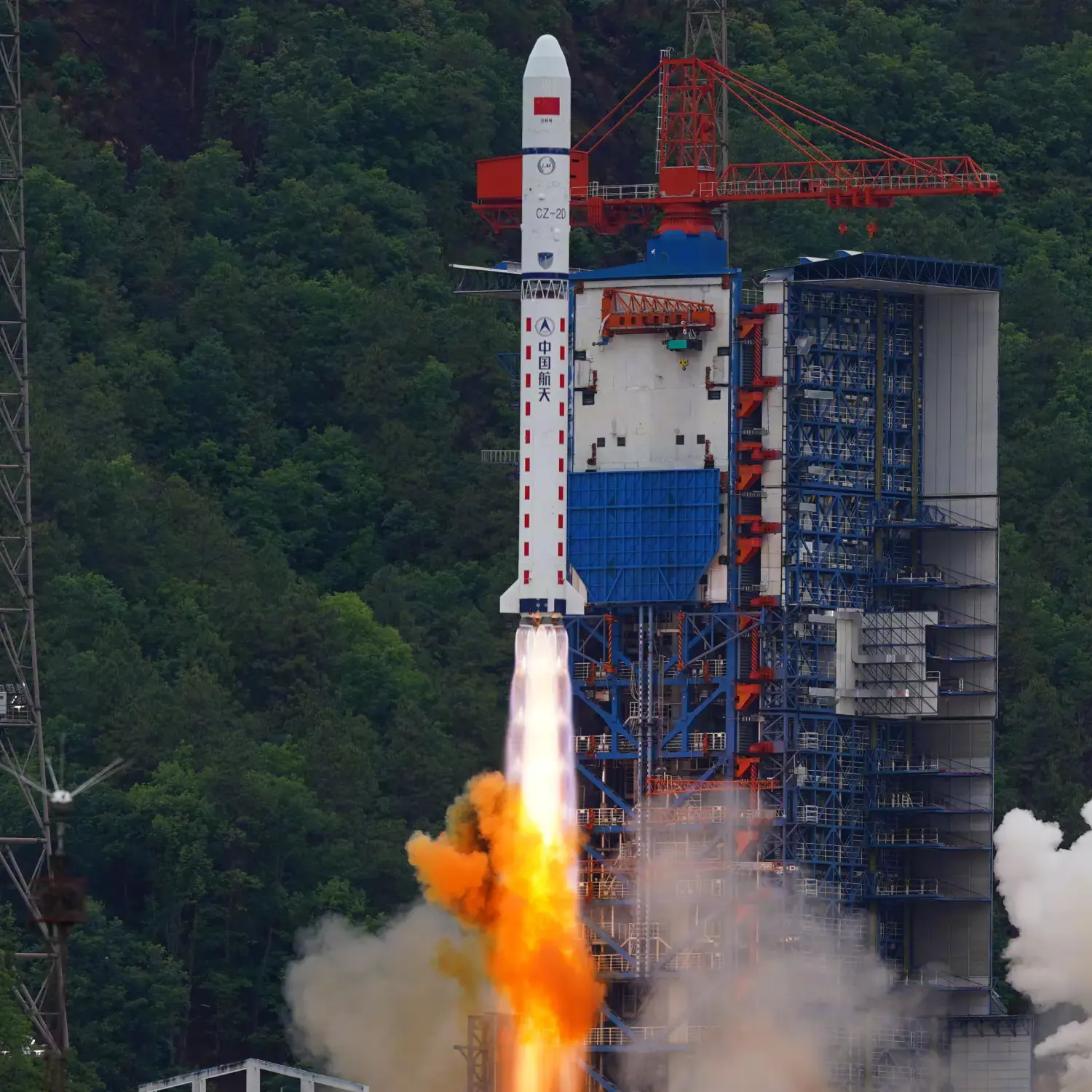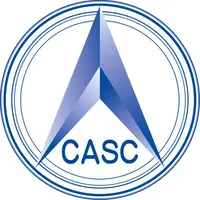/
Advanced Space-borne Solar Observatory (ASO-S)
Launch Success
Liftoff Time (GMT)
23:43:00
Saturday October 8, 2022
Mission Details
Read Article
ASO-S
ASO-S (Advanced Space-borne Solar Observatory) is a Chinese solar space observatory that aims to study the interaction between the Sun's magnetic field, solar flares, and coronal mass ejections. It's the first space solar observatory of China. ASO-S is a 3-axis stabilized satellite with a mass of less than 1,000 kg with a pointing accuracy of 0.01° and orientation stability of 1 to 2 arc seconds every 20 seconds. The payload has a mass below 335 kg and consumes about 300 watts. The platform's pointing accuracy is lower than 0.01°, the measurement accuracy is lower than 1 arc second and the orientation drift is below 0.0004°/s. ASO-S has three instruments: - The Full-Disc Vector Magnetograph (FMG) instrument is intended to map the magnetic field of the photosphere over the entire solar disk. It includes an imager, an optical polarization system, and a CCD detector. - The Hard X-ray Imager (HXI) camera should image the whole solar disk in X-rays. The instrument is optimized to take images of solar flares. - A set of three LST (Lyman-alpha Solar Telescope) telescopes is used to observe the Lyman-alpha line (121.6 nm) of solar flares up to a distance of several solar radii from the Sun's disk. These three telescopes are SDI (to obtain an image of the solar disk), SCI (coronagraph for observation between 1.1 and 2.5 solar radii), and WST (white light emitted by the solar disk used for calibration purposes).
Sun-Synchronous Orbit
1 Payload
1,000 kilograms
Rocket


Agency
CASCPrice
$29.75 million
Rocket
Height: 40.77m
Payload to Orbit
LEO: 3,500 kg
GTO: 1,200 kg
Liftoff Thrust
2,962 Kilonewtons
Fairing
Diameter: 3.35m
Height: 7.82m
Stages
2
Launch Site
Stats
Long March 2D
67th
Mission
10th
Mission of 2022
2022
133rd
Orbital launch attempt